“What’s working?”
So begins every Jewish New Teacher Project (JNTP) coaching conversation. One of JNTP’s foundational tools is the Collaborative Assessment Log, or “CAL,” which is a conversation organizer with four quadrants that directs and stimulates reflection. It begins by asking “What’s working” and concludes with action steps. This strengths-based approach is fundamental to JNTP’s support of new teachers and administrators and can completely transform a coaching conversation.
Sometimes being asked “What’s working” takes people by surprise and they have to stretch to come up with an answer. Teaching and administration work are hard, and often, educators are inclined to go straight to the frustration and discouragement of what’s NOT working. While our coaching conversations certainly get there, insisting on starting with “What’s working” reminds teachers and administrators that even though everything might feel hard, some things are actually going well. Every lesson, every class, every day has some elements that can be recognized as “working” well.
Starting with a focus on “What’s working” can build confidence. Focusing on strengths and successes provides an immediate dose of positivity as well as a mindset shift towards competence. Educators are reminded to see themselves as capable and effective. New teachers and administrators can see that they are doing some things “right,” even as they are floundering.
Starting with a focus on the positive can recenter teachers and administrators to engage in more balanced reflection and growth in order to replicate what is going well. Unpacking what led to their success helps educators understand why and how what they did worked, gain new insights, and identify what is replicable and transferable to others.
The more educators see and understand what’s working, the faster they can build their skill set and feel confident in their abilities, enabling them to do their jobs better, benefitting all.
As we head into the yamim noraim and begin a period of intensive reflection on our own lives, we can consider this strengths-based approach. Let’s start by asking ourselves “What’s working” instead of homing straight in on what isn’t working and needs to change. This can put us in the right frame of mind to strive for making changes that will help us grow in the coming year – personally, religiously, and professionally.

